pectus excavatum baby breathing
The primary goal of surgery for pectus excavatum is to correct the chest deformity to improve a patients breathing and cardiac function. The lower half of the breastbone may press on the heart and lungs.
Also known as funnel chest pectus excavatum is most commonly an isolated congenital abnormality that results in no functional impairment.

. Often described as sunken or funnel chest pectus excavatum occurs in one in every 1000. When the infant is at rest a small depression can be seen over the sternal area. With a severe case of pectus excavatum there can be compression of the heart.
Pectus excavatum occurs in a baby who is developing in the womb. In this nonsurgical approach the bell device is placed on the chest. Chest pain andor shortness of breath especially while exercising.
There isnt any scientific data about pectus excavatum breathing in babies. Over time the chest wall stays forward on its own. The crying is closely related to chest bone pain which is one of the most common signs of pectus excavatum.
A hollow depression in the chest that may be broad and shallow deep and narrow or irregular more rapid breathing than normal. Having looked online I see that it can become more pronounced as baby grows and some. A child can be born with pectus or develop their pectus during their pubertal growth spurt.
Pectus excavatum results from abnormal growth of the cartilage at the breastbone causing an indentation. That can be caused by a hard pushing of the breastbone into the lungs. Children with pectus excavatum sometimes also have scoliosis.
Pectus excavatum PE is a condition where the breastbone in the chest is sunken inward causing breathing difficulties and in rare cases mild cardiac issues. This causes the sternum to grow inward. It can also develop in a baby after birth.
The next photo shows how the appearance changes with inspiration while crying. HELP DOCTOR THOMAS SURVIVE THE MEDICAL BOARD TRYING TO TAKE HIS LICENSE BY DONATING TO THE CHANNEL. Studies have shown that pectus excavatum in babies can also cause respiratory infections.
It occurs mostly in boys and frequently more members in a family are affected. Those with moderate-to-severe condition may have symptoms such as shortness of breath fatigue exercise intolerancelimitations and chest pain. Pectus excavatum is due to too much growth of the connective tissue that joins the ribs to the breastbone sternum.
The opposite condition called pectus carinatum is when the chest bows outward. Rarely they also have Marfan syndrome. This can cause shortness of breath with.
This can cause shortness of breath with exercise. My 7 month baby has Pectus excavatum Sunken Chest So yeah its heartbreaking to see the huge dip in his sternum especially with how small the torso is for babies anyway. We recently noticed that my little boys chest has a little concave dip in it when he breathes in - the GP has said that he has pectus excavatum and that as his breathing is totally fine it is nothing to worry about.
Their breathing is normal and there isnt anything to worry about. Pectus excavatum funnel chest is when your childs breastbone is pressed inwards and they have a dip between their ribs. Pectus excavatum can range from mild to severe.
Pediatric specialists say that newborns and infants dont have breathing troubles caused by pectus excavatum. The doctors at our pediatric practice diagnosed it a couple of months ago and see him monthly but so far. Thats because they arent doing any strenuous physical activity.
Another sign for parents is coughing. When he cries or inhales deeply its really disturbing to see. Mild pectus excavatum in young patients often can be treated at home with a vacuum bell device.
Pectus excavatum - dip in babys chest. 1 2 Pectus excavatum may be associated with connective tissue disorders such as Marfan and. Pectus excavatum is usually noticeable soon after birth.
The condition can be mild or severe. Those with a mild condition often do not have symptoms. Repositioning the sternum to a more normal outward position lessens pressure on the heart and lungs allowing them to function more normally.
Pectus excavatum a deformity of the sternum and ribs caused by an unbalanced costochondral hypertrophy is a congenital abnormality with a prevalence of 1 per 1000 patients. In infancy symptoms of pectus excavatum can include. As the ribcage is more rigid than normal it can make it difficult to completely breathe out expire.
Pectus excavatum may be mild moderate or severe. Mild pectus excavatum in young patients often can be treated at home with a vacuum bell device. Signs and symptoms of pectus excavatum children with less severe defects often have mild breathing problems.
Ribcage problems do not usually cause problems when the heart and lungs are developing but rarely can affect how well they work in later childhood. Its connected to a pump that sucks the air out of the device creating a vacuum that pulls the chest forward.

1 Pectus Excavatum Is Often Seen In Infants This 11 Month Old Child Download Scientific Diagram

Help My Baby S Chest Is Caving In Pectus Excavatum Dr Paul Youtube
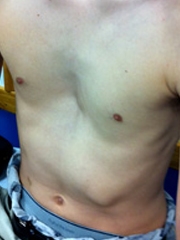
Pectus Excavatum Children S Hospital Of Philadelphia

Learning About Pectus Excavatum Repair In Children
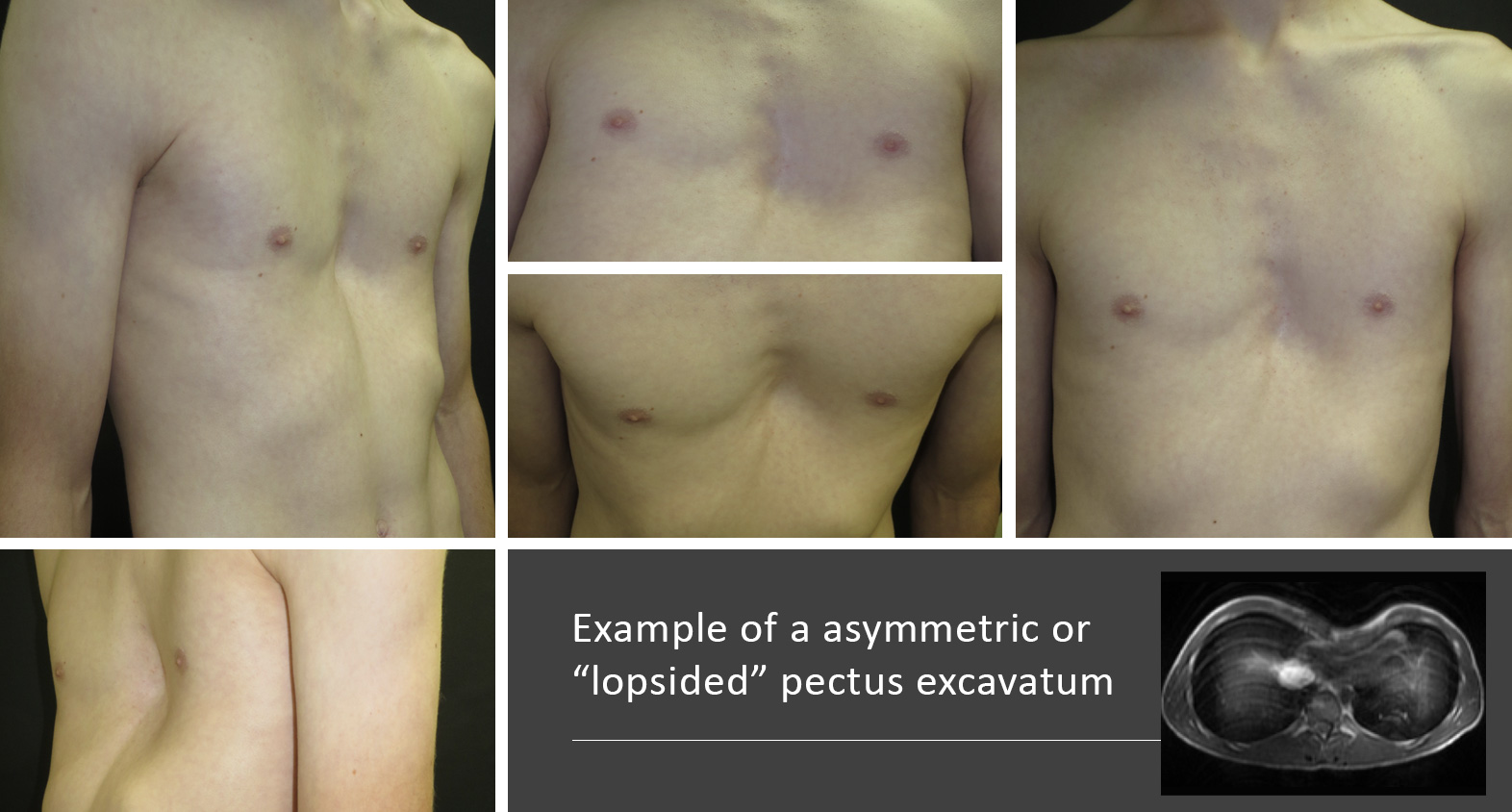
Pectus Excavatum Pectus Clinic

Pectus Excavatum Symptoms Treatments And Complications
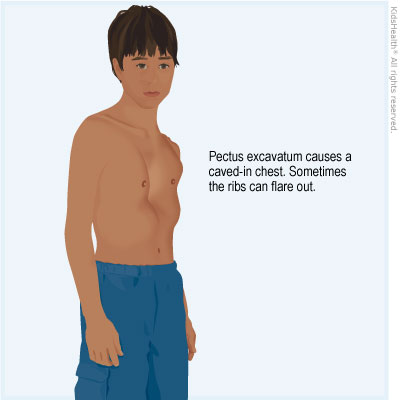
Chest Wall Disorder Pectus Excavatum For Parents Primary Children S Hospital

Pectus Excavatum Funnel Chest Asthma Lung Uk
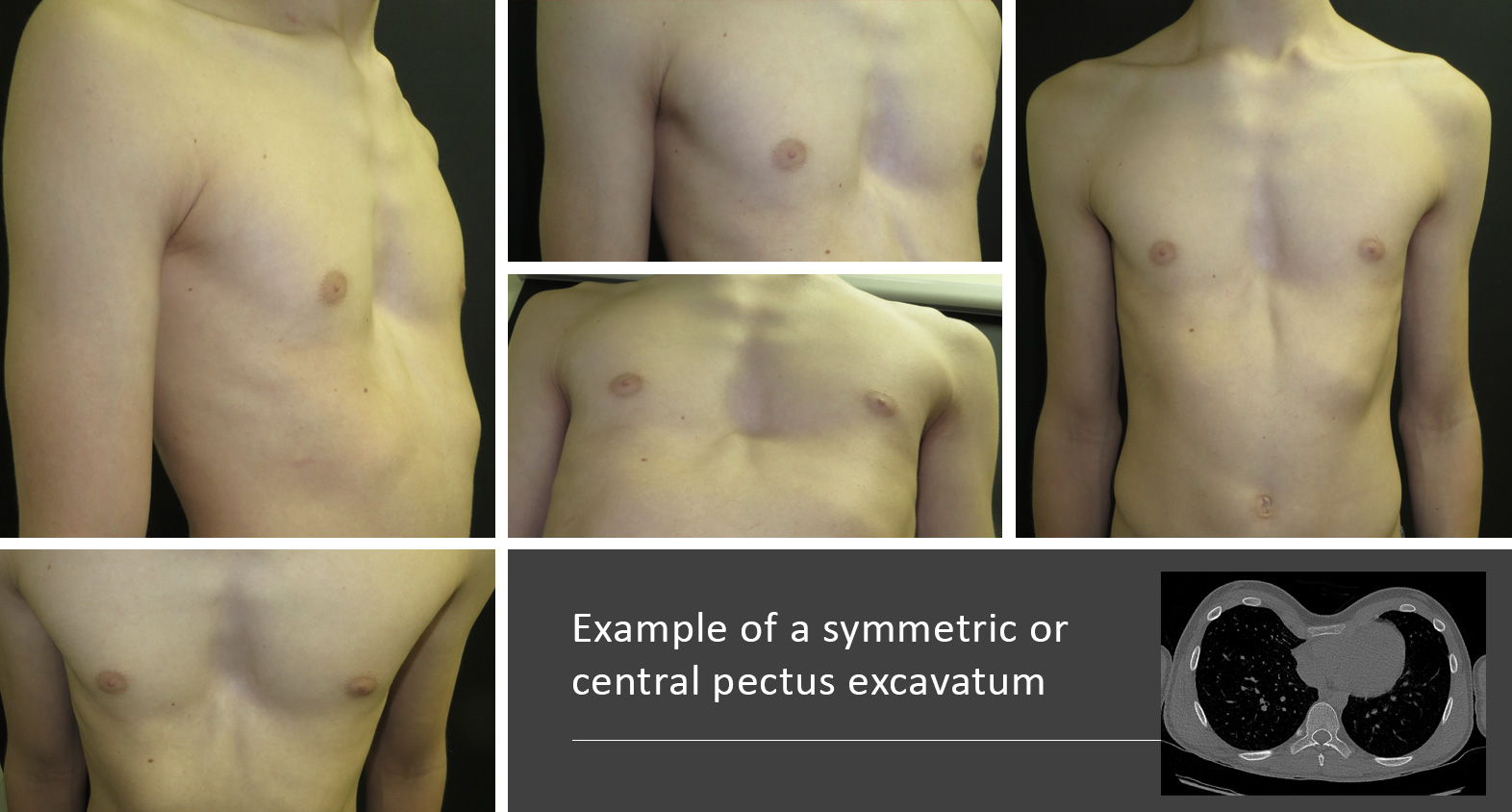
Pectus Excavatum Pectus Clinic
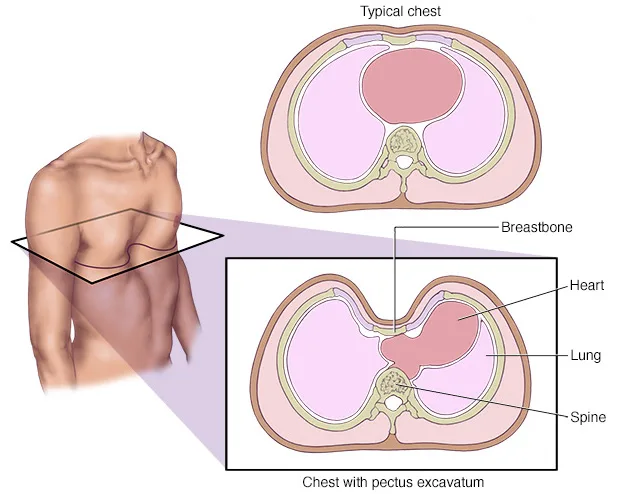
Pectus Excavatum Chest Wall Deformities Child Heart Specialist

Postnatal Photograph Of The Child With Pectus Excavatum Download Scientific Diagram

Pectus Excavatum Chest Wall Stanford Children S Health
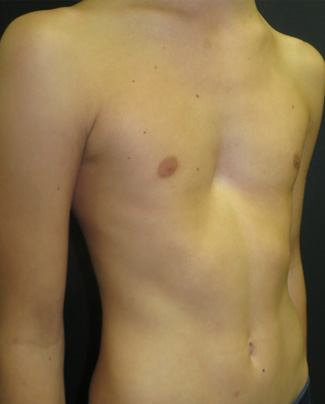
Pectus Excavatum Pectus Clinic

Pectus Excavatum Symptoms Treatments And Complications

Does My Child Have Pectus Excavatum Aka Sunken Chest Kite Strings Mary Bridge Children S

Pectus Excavatum Pectus Clinic
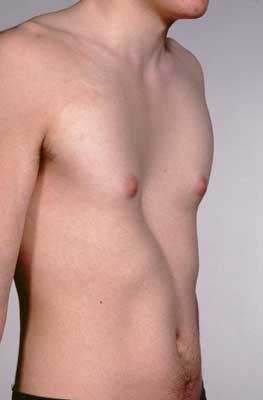
Pectus Excavatum Chest Wall Deformities Child Heart Specialist
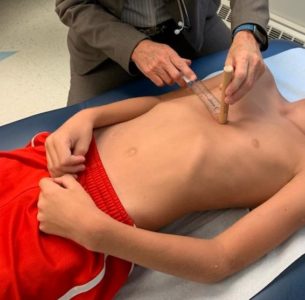
Should I Worry If My Child S Chest Is Sunken Cincinnati Children S Blog

